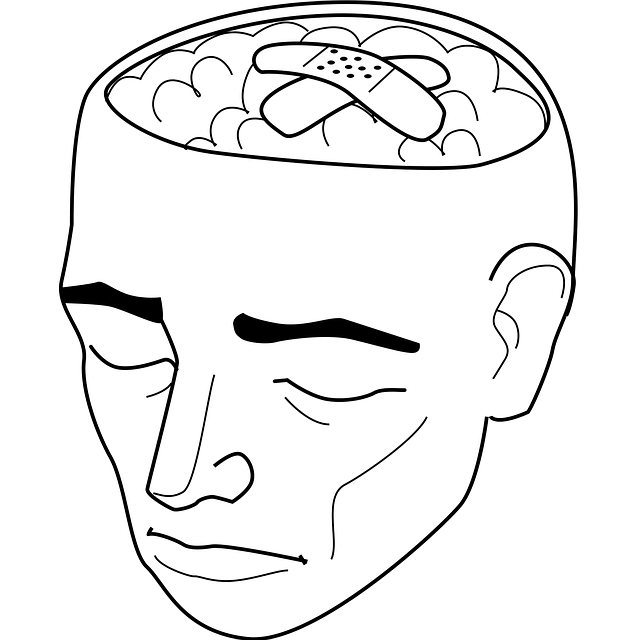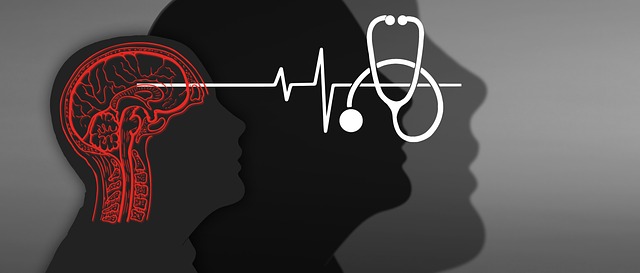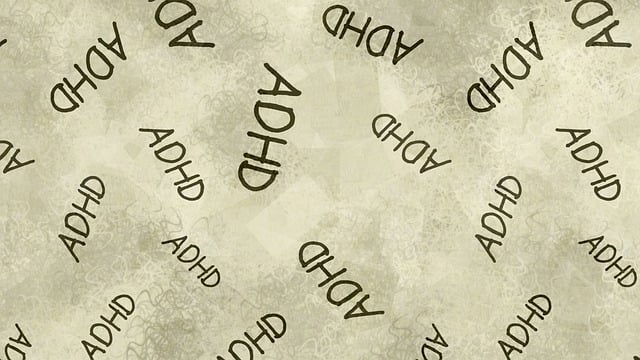Centennial Postpartum Depression Therapy (CPDT) offers specialized care for new mothers experiencing depression or anxiety after childbirth, combining evidence-based techniques with mental health education. Risk assessment is a key component, identifying triggers and vulnerabilities to prevent adverse outcomes, such as healthcare staff burnout. A holistic approach includes education, accessible Anxiety Relief techniques, community outreach, and conflict resolution, empowering individuals and building resilient communities while supporting those affected by postpartum depression.
Risk assessment and harm minimization planning are critical components in addressing mental health challenges like Centennial Postpartum Depression Therapy (PPD). This comprehensive overview explores how a thorough understanding of risk factors can guide effective treatment strategies. We delve into the essential role of risk assessment, its integration within harm minimization plans, and practical strategies for healthcare professionals to implement and support patients’ well-being. By embracing these approaches, we aim to enhance care delivery and improve outcomes for mothers facing PPD.
- Understanding Centennial Postpartum Depression Therapy: A Comprehensive Overview
- The Role of Risk Assessment in Harm Minimization Planning
- Practical Strategies for Effective Implementation and Support
Understanding Centennial Postpartum Depression Therapy: A Comprehensive Overview

Centennial Postpartum Depression Therapy (CPDT) is a specialized approach designed to support new mothers experiencing depression or anxiety after childbirth. This therapy recognizes the unique challenges that arise during this period, offering a comprehensive and nurturing environment for healing. CPDT integrates various evidence-based techniques tailored to address postpartum mental health concerns, focusing on both the individual and their support system.
The primary goal is to empower mothers with the tools needed to manage symptoms, enhance emotional well-being, and promote healthy coping strategies. Through Mental Health Education Programs Design, therapists educate clients about the impact of hormonal changes, sleep deprivation, and the complex emotions that can follow childbirth. Additionally, CPDT incorporates Anxiety Relief techniques such as mindfulness meditation, cognitive-behavioral therapy (CBT), and relaxation exercises to mitigate symptoms of depression and anxiety. By combining these approaches, CPDT aims to foster a positive recovery trajectory, ensuring mothers feel supported and equipped to navigate this critical phase in their lives.
The Role of Risk Assessment in Harm Minimization Planning

Risk assessment plays a pivotal role in harm minimization planning, especially when addressing complex issues like Centennial Postpartum Depression Therapy. By meticulously evaluating potential risks and their impact, healthcare professionals can develop targeted strategies to prevent and mitigate negative outcomes. This process involves identifying triggers, assessing vulnerability, and forecasting possible scenarios, allowing for proactive interventions. For instance, a comprehensive risk assessment might reveal heightened risks of burnout among healthcare providers treating new mothers with postpartum depression, prompting the implementation of effective burnout prevention strategies.
Integrating self-esteem improvement techniques and fostering mind over matter principles can significantly contribute to this planning process. These tools empower both patients and caregivers to navigate challenges more effectively. Regular risk assessments facilitate continuous improvement in harm minimization plans, ensuring that interventions remain relevant and impactful, ultimately enhancing the overall well-being of individuals and families affected by postpartum depression.
Practical Strategies for Effective Implementation and Support

Implementing effective risk assessment and harm minimization strategies requires a practical, multi-faceted approach tailored to support individuals and communities. For instance, in the context of Centennial Postpartum Depression Therapy, a holistic strategy could include targeted education programs for expectant parents on recognizing early warning signs of depression and anxiety, alongside accessible Anxiety Relief techniques. Community Outreach Program Implementation plays a vital role here, ensuring these resources reach diverse populations.
Additionally, integrating Conflict Resolution Techniques into support systems can mitigate interpersonal challenges, fostering healthier environments. This comprehensive approach not only enhances individual well-being but also contributes to building resilient communities. By combining education, skill-building, and community engagement, we can create a supportive infrastructure that empowers individuals to navigate risks and promote overall mental health.
Centennial Postpartum Depression Therapy (CPDT) is a comprehensive approach that integrates risk assessment and harm minimization planning. By understanding the risks associated with postpartum depression, healthcare providers can proactively implement effective strategies to support new mothers. Practical steps outlined in this article, such as regular screening, early intervention, and access to specialized resources, are essential for minimizing potential harms and ensuring positive outcomes for mothers and their families. Embracing CPDT not only enhances care quality but also fosters a supportive environment that promotes mental well-being during this critical period.












